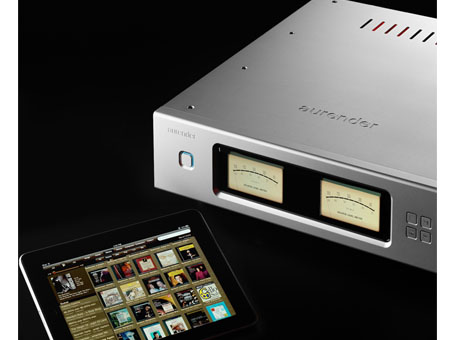For several years, music has been available to download in MP3 files from sources such as iTunes and Amazon.
Mike Beck
MP3 uses lossy compression which means that data is lost in the encoding process. Resolution is sacrificed for the sake of smaller file sizes. For example, the highest quality MP3 file streams music at a bitrate of 320 kilobytes per second (kbps) compared with 1411 kbps for CDs.
More recently, music files have become available in high resolution formats. The most common formats are FLAC (Free Lossless Audio Codec) and ALAC (Apple Lossless Audio Codec), WAV and DSD. While FLAC and ALAC are compressed files they do not lose information but rather behave like a zip file. WAV and DSD are uncompressed audio files.
High resolution audio files have a sampling frequency and/or bit depth higher than CD. Sampling frequency means the number of times samples are taken per second when the analogue sound waves are converted into digital. The more bits there are the more accurately the signal can be measured. CD has 16 bits with a sampling frequency of 44.1 kHz. High resolution files (except DSD) have 24 bits and sampling frequencies that range from 44.1 to 192 kbps. The most common sampling frequency is 96 kHz.
DSD has a bit rate of only1 but uses a much higher sampling rate, namely 2,822,400 samples per second. It closely follows the analogue waveform and is arguably the most musical audio format.DSD was originally developed to archive analogue studio masters tapes. Subsequently, it has been used as the mastering process for SACD discs.
The sound quality of high resolution audio files is vastly superior to CDs and MP3 files. We can now enjoy sound quality that closely replicates that recorded in the studio or concert hall. A 24 bit/ 96 kHz file streams music at 3 times the resolution of CD and at least14 times that of MP3. In practical terms, the music comes alive with greater detail and imaging. It’s as though the artists are performing in your room.
There are several sites where you can download high resolution audio files. Go to www.aurender.com/music-sites for a comprehensive list. A popular site is HD Tracks.
The most popular format for high resolution audio files is FLAC. This format provides the best support for including album information (artist, title, tracks) and artwork. However, if you wish to use iTunes as your music player, then the files have to be ALAC. You can use a program called DB Poweramp Music Convertor (www.dbpoweramp.com) to convert files from one format to another. It is also an excellent program to rip CDs and to edit album information.
FLAC and ALAC files typically reduced file size by about 40% compared to WAV files, without loss of sound quality. Also, some music severs and players cannot read the album information embedded in WAV files.
There are many options for storing and playing music files. However, there are a number of pitfalls to be avoided if the quality of playback is not to be compromised. Firstly, streaming music from hard disk drives introduces jitter (timing errors) into the music, reducing clarity and imaging. Secondly, streaming music over long runs of Ethernet cable or via Wi-Fi has the same effect. Ideally, music files should be stored on a dedicated music server and streamed via a solid state drive to a high quality digital to analogue convertor (DAC). Streaming from a solid state drive does not introduce jitter.
One company which produces excellent music servers is Aurender. They have 2 models: the S10 which has 4 terabits hard disk storage capacity; and the W20 which has 8 terabits. Both products have solid state drives that act as a cache. When you select the music, it is transferred from the hard disk drive to the solid state drive with the former shutting down to minimize noise.
These music severs have an iPad application which reads the album information stored on the server. The music can be sorted and selected by artist, composer, genre and so forth. The music files need to incorporate the relevant information and this where the DB Poweramp program can be very useful in editing files.
For the music lover, the availability of high resolution music files is an exciting development. We can now listen to music that closely replicates the studio master. Hopefully, a generation bred on listening to compressed music will soon discover the excitement and passion that properly reproduced music can elicit.












